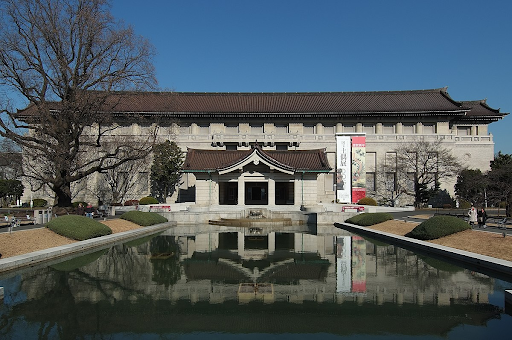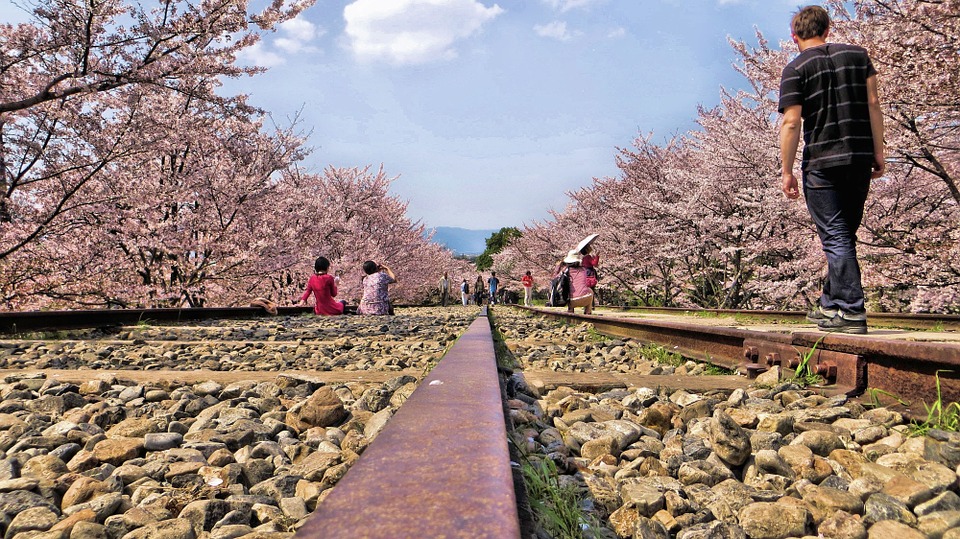Japan is an archipelago country that straddles from sea of Okhotsk (Russian sea border) to Yonaguni island (near Taiwan and Philippine sea border). It’s a country known for sumo wrestlers, samurai, the Imperial family, innovative technology, manga (Japanese cartoons) and sakura season (cherry blossoms). If you’re from a southeast Asian country, Japan is one of the nearest Asian countries to experience autumn and snow. If you’re a first timer, it helps to get ready what to bring and plan before you take off.
Tips for first-time travellers
Your travel expenses will depend on how you plan your travel, how long you’ll spend your time on activities, what type of restaurants you visit and how you book your ticket.
1. Research the country
Before heading to Japan, it’s helpful to know about its culture, language, etiquette and cities. If you intend to go as a worker, your country might require you to undergo a pre-departure orientation seminar that is a series of video and text courses that details all things you need to know about Japan. If you're a tourist from a western country (France, Russia etc), you’ll find that Japanese culture is very different (eating practices, clothing and time management). Researching the country before packing up will help you avoid culture shock and adapt to its culture.
2. Learn basic and conversational Japanese
Most Japanese people are patriotic and love things all local such as their products and their language. Trying and learning some Japanese can amaze or impress a local. They’ll appreciate your effort even if you say a broken Nihongo.
Japanese grammar is easier than most western languages (French, Russian, Portuguese) because it does not have singular or plural distinctions, complicated tenses, and irregular spellings. The only challenge is that it’s written in these scripts - Kanji (Chinese derived characters), Hiragana (used for grammatical functions and pronunciations, katakana (used for foreign-derived words) and Kanji (main vocabulary). Knowing a little and practical Japanese can save you time and money.
3. Connect to wifi
Japanese cities and points of interest include some free wifi hotspots. Use wifi spots to access Japanese translator, search maps, currency exchange, hotel and restaurant finder apps. Hotspots can be found in Haneda airport, Tokyo and Shinjuku stations and the rest of Japanese towns and cities.
4. Save money on air tickets
An air ticket price depends on the season, supply and demand and the connecting flight. Save money when you:
-
Book on budget airlines - Depending on your country of origin, for instance from Manila to Tokyo, one of the budget airlines is Jetstar, Air Asia, Jeju air.
-
Book during an off-peak season such as late autumn to March. - The peak seasons are from early April until mid-November when there are autumn foliage and cherry blossoms.
-
Use a connecting flight - Connecting flights are cheaper than direct flights. For instance, book an air ticket for Sydney-Manila-Tokyo instead of Sydney to Tokyo unless you’re in a hurry and don’t mind the costly direct flight.
-
Compare airline tickets in advance - Use the power of the internet to compare airfare search sites. Here are the top sites to visit:
-
* Better booking
-
* CheapOair.com
- * Expedia
- * Google.com/flights
- * Hipmunk
- * Hotwire
- * Kayak
- * Momondo
- * Orbitz
- * Seatguru
- * Skyscanner
5. Take advantage of the Japanese transport system
Japan is known for its efficient and fast transports (shinkansen train, subway and taxis). Using IC cards and subway passes can save you time and money. The IC cards are like debit cards that you can load with a certain amount and use many times or pay goods at convenience stores. Japanese tickets are cheap and costs from 200 to 500 yen or 2 to 5 USD.
The Tokyo subway passes allow you unlimited rides for 24, 48 and 72 hours. You can buy them for 800 Yen, 12000 Yen and 1500 Yen and is valid for Tokyo Metro and Toei subway. Regular tickets cost about 200 Yen. You can buy subway passes at designated electronic and travel shops, Narita and Haneda airports.
Another is the JR lines or Japan Rail pass that can save you money when travelling in validated transports such as JR train, JR ferry to Miyajima, monorail in Haneda airport and local JR buses. Japan rail pass costs 29, 110 yen to 59, 350 yen for ordinary and from 38, 880 yen to 81, 870 yen for a green car. JR lines are best used when you travel for long distances such as from Sendai city to Kobe. Here is the detailed JR lines map.
* Where to buy: You can buy a JR rail pass via a travel agent overseas and the internet.
* What’s the difference between green and ordinary pass? Green has more seat space, leg room and board service while ordinary offers are less than that.
6. Save on your stay in Japan
Although some internet sources describe Tokyo and other Japanese cities accommodation as expensive, the truth is that there are more cheap places to stay.
-
Capsule hotels (kapusero hoteru) - This one is the most unique among accommodations. A capsule hotel is an enclosed and horizontal room. Inside, it’s complete with pillow, blinds, an airconditioning and lighting system. Capsule hotels have no outdoor locks but it’s complete with separate individual lockers to store valuables. You can stay there for 2, 000 yen per night.
-
Couchsurfing - is the way of staying with a family, colleague or a friend in Japan. Through a website service (a type of social networking site), you can connect with other members in a global community via a mobile app. While Couchsurfing is free when your overseas host agrees, still you’ll spend some amount such as plane tickets, transport, and food.
-
Homestays - Homestays is the way of living with a Japanese host or family. The pros of using homestays are that you can live a normal lifestyle feel instead of living in unusual living space (internet cafes or capsule hotels). You can find homestays via homestay booking online. Homestays may cost 5,000 yen per night depending on location, family and the number of bookings.
-
Kanshuku - Economy hotels or kanshuku features a shared dining area and bathroom except for the personal room. Kanshuku costs about 2,500 yen to 6, 000 yen or $20 to $60 a night.
-
Manga kissaten or internet cafes - Although it’s not intended for overnight accommodation, you can sleep in these places. Manga kissaten offers comic books and computers and access to shower, comics, drinks and snacks. It costs $18 or 2,000 yen for every 8 hours.
-
WWOOF Japan - Worldwide opportunities on Organic farms refer to a type of homestay where you would work for 6 hours in the host's farm, home or business in exchange for the accommodation and food.
7. Find budget shops and places
It’s likely that you’ll search for things that you will bring to your family back home or buy a gift (omiyage) for your Japanese friend or family. Seek out these stores that sell second hand and lower priced items.
-
Akibahara (second-hand electronics)
-
Daiso stores (around Japanese cities)
-
Gyumo supermarket (for frozen, wholesale and bulk buys)
-
Isekaicho street shops (second-hand gadgets and books)
-
Mitsui outlet park (new and branded items)
-
Shimokitazawa area (vintage finds)
-
Takeshita street in Jingumae Shibuya-ku, Tokyo
-
Tokyo flea markets
Japan is a fascinating, prosperous and beautiful country that will leave you captivated in and outside of the country. The locals’ hospitality and warmth will reduce your first-time travel anxiety. Save money and time by preparing and knowing the country first before booking your first flight to Japan.






